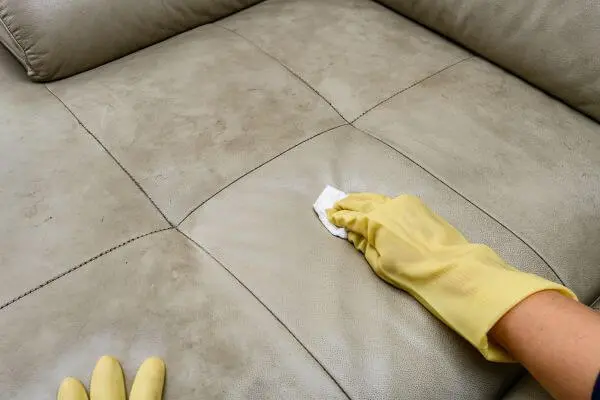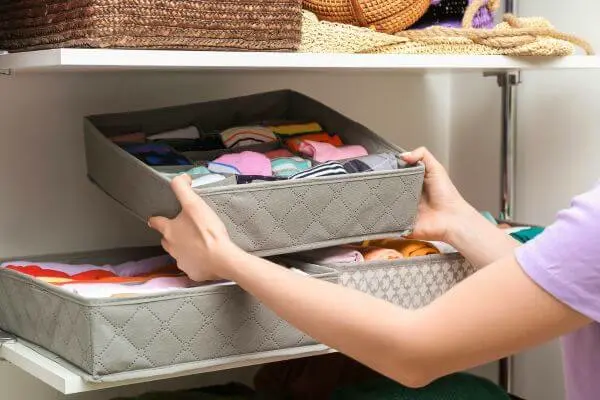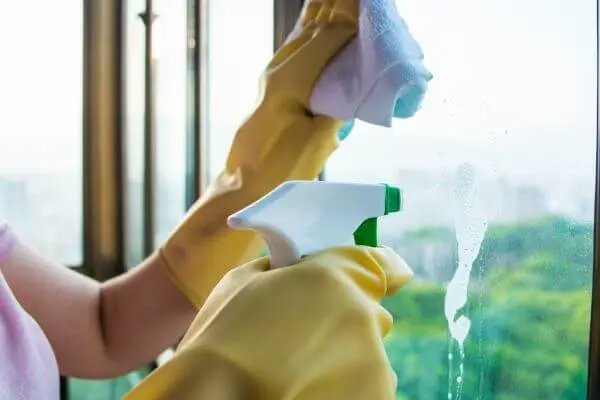How to Clean a Mattress: Step-by-Step Guide to a Healthy Night's Sleep
If you are looking for a more peaceful and healthy night's sleep, cleaning your mattress is an essential step.
After all, we spend about a third of our lives in bed, and a dirty mattress can harbor dust mites, dust and other allergens that can harm the quality of our sleep and affect our health.
In this article, we will provide a step-by-step guide on how to clean a mattress effectively and ensure you have a clean and sanitary resting surface.
Read on to discover the best practices for keeping your mattress clean and fresh.
Why is it Important to Clean your Mattress?
Before we get into the details of how to clean a mattress, it's important to understand why this task is so crucial.
Here are some reasons why regular mattress cleaning is essential:
1. Allergies and Respiratory Health
Dirty mattresses can harbor a variety of allergens, such as dust mites and dust.
These small organisms can trigger allergies and respiratory problems, such as asthma and allergic rhinitis.
By keeping your mattress clean, you reduce your risk of exposure to these allergens and improve your respiratory health.
2. Extends the Life of the Mattress
Dirt and moisture can accelerate mattress wear, reducing its useful life.
By regularly cleaning your mattress, you help preserve it, saving you money in the long run because you won't need to replace it as often.
3. Improves Sleep Quality
A clean, fresh mattress provides a more pleasant sleeping environment.
You'll sleep better on a surface that isn't full of stains and unpleasant odors.
Now that you understand the importance of cleaning your mattress, let's move on to a step-by-step guide to carrying out this task effectively.
How to Clean a Mattress: Step by Step
Step 1: Remove Bedding
The first step to cleaning your mattress is to remove all bedding, including sheets, pillows and mattress protectors.
Wash these items according to the manufacturer's instructions to keep them fresh and free of dust mites and bacteria.
Step 2: Vacuum the Mattress
Use a vacuum cleaner with a brush attachment to vacuum the entire surface of the mattress.
Make sure you reach all the folds and corners. This will remove dust, hair and surface debris.
Step 3: Clean the Stains
If there are visible stains on your mattress, it is important to treat them before continuing general cleaning.
Mix a solution of warm water and mild detergent and apply it to the stains.
Use a soft-bristled brush to gently scrub the area, then wipe with a clean, damp cloth.
Step 4: Deodorize the Mattress
To remove unpleasant odors, sprinkle baking soda evenly over the entire surface of the mattress.
Leave it on for at least 15 minutes, but preferably overnight, to absorb odors.
Then, vacuum up the baking soda with the vacuum cleaner.
Step 5: Protect the Mattress
To prevent future stains and dirt from accumulating on your mattress, consider using a waterproof and dust mite-proof mattress protector.
This will help extend the life of your mattress and keep its surface cleaner for longer.
Step 6: Turn and Rotate the Mattress
Every six months, flip and rotate your mattress to ensure even wear. This also helps prevent sagging in the mattress.
Mattress Cleaning FAQs
How often should I clean my mattress?
Ideally, you should clean your mattress every three to six months, depending on usage and any accidental spills. If you suffer from allergies, you may want to consider cleaning more frequently.
Can I use chemicals to clean my mattress?
It is best to avoid using harsh chemicals as they can damage the mattress and cause allergic reactions. Opt for gentle solutions, such as warm water and detergent, or baking soda to deodorize.
Can I wash the entire mattress?
It is not recommended to wash the entire mattress as it can become very wet and take a long time to dry completely. Just clean visible stains and vacuum the surface regularly.
Can I use a steamer to clean my mattress?
Using a steamer can be effective in eliminating dust mites and bacteria, as long as you follow the manufacturer's instructions and don't make the mattress excessively moist.
When should I replace my mattress?
Most mattresses have an average lifespan of 7 to 10 years. If your mattress is visibly worn, sagging, or causing discomfort, it may be time to consider replacing it.
Conclusion
Regular mattress cleaning is essential to ensure a healthy and hygienic sleeping environment.
With the simple steps mentioned in this guide, you can keep your mattress free from allergens, unpleasant odors and extend its lifespan.
Remember to vacuum regularly, treat stains and deodorize to enjoy a restful and refreshing night's sleep.
With a clean mattress, you're on your way to a healthier, more refreshed life.
Don't overlook the importance of cleaning your mattress as this not only improves the quality of your sleep but also contributes to your overall health.
Follow this guide and sleep well knowing you are taking care of your well-being.






